(ECNS) -- This is the archaeological site of Liangzhu City, known as the "First City of China." Its history dates back to about 5,000 years ago, the same period as the ancient Egyptian civilization and the Sumerian civilization.
Located in Hangzhou, East China's Zhejiang Province, the archaeological ruins of Liangzhu City were inscribed on the World Heritage List in 2019, marking the international recognition of China's 5,000-year civilization.
The site is composed of the palace area, the inner city and outer city. The inner city is surrounded by a perimeter wall stretching about 7,200 meters, covering a total area of about three square kilometers, which is equivalent to four Forbidden Cities in Beijing.
A large water conservancy system was found outside the ancient city. Eleven dams were built to form 13 square kilometers of water area, which stores 46 million cubic meters of water, 1.5 times and 4 times that of West Lake in Hangzhou respectively. With flood control, irrigation, transportation and other functions, this system is the earliest large-scale water conservancy project in China, and the earliest flood dam project in the world so far.
Besides agriculture, Liangzhu also boasts a developed handicraft industry. The stylized "Face mask on top of a mythical beast " is a complex and symmetrical pattern commonly seen on the jade excavated here. It is regarded as a symbol of Liangzhu culture, demonstrating the carving skills of the ancestors. Today, Liangzhu culture is being reproduced through the "cloud exhibition," "cloud spring tour" and "museum night tour." Workers are revitalizing ancient Liangzhu culture with modern science and technology and novel cultural creativity.












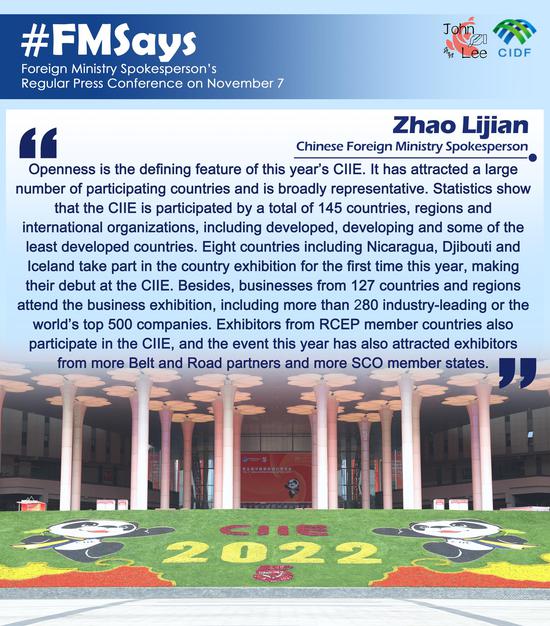











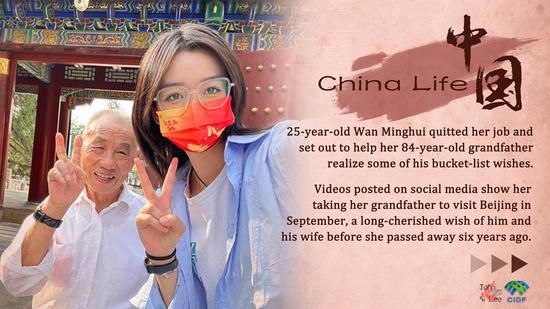
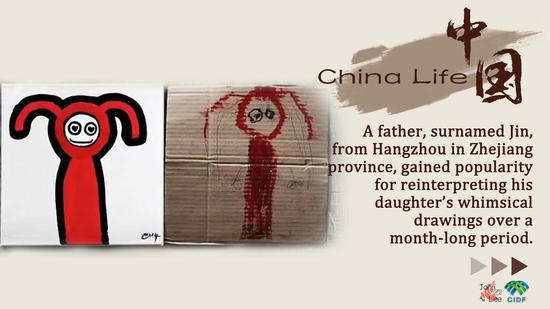


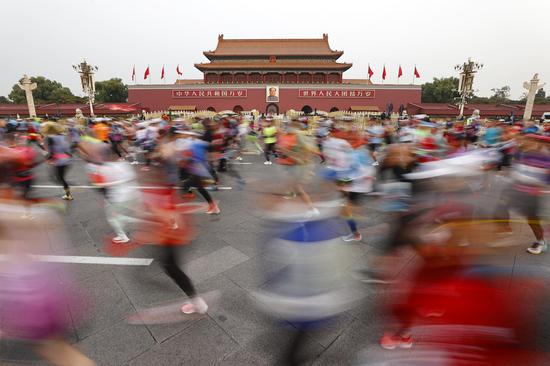













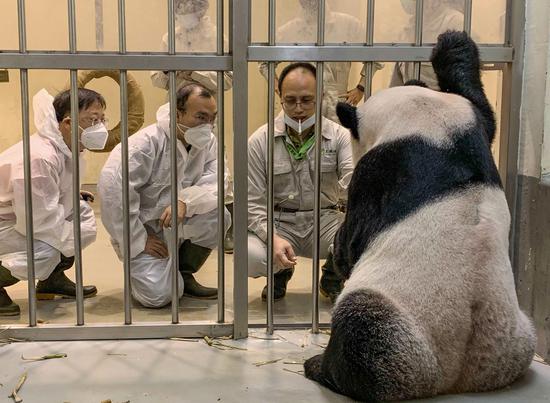
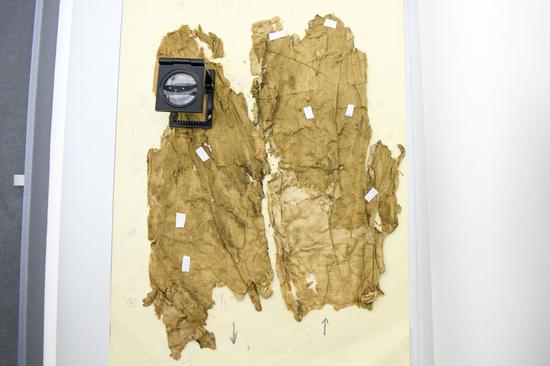






 京公网安备 11010202009201号
京公网安备 11010202009201号